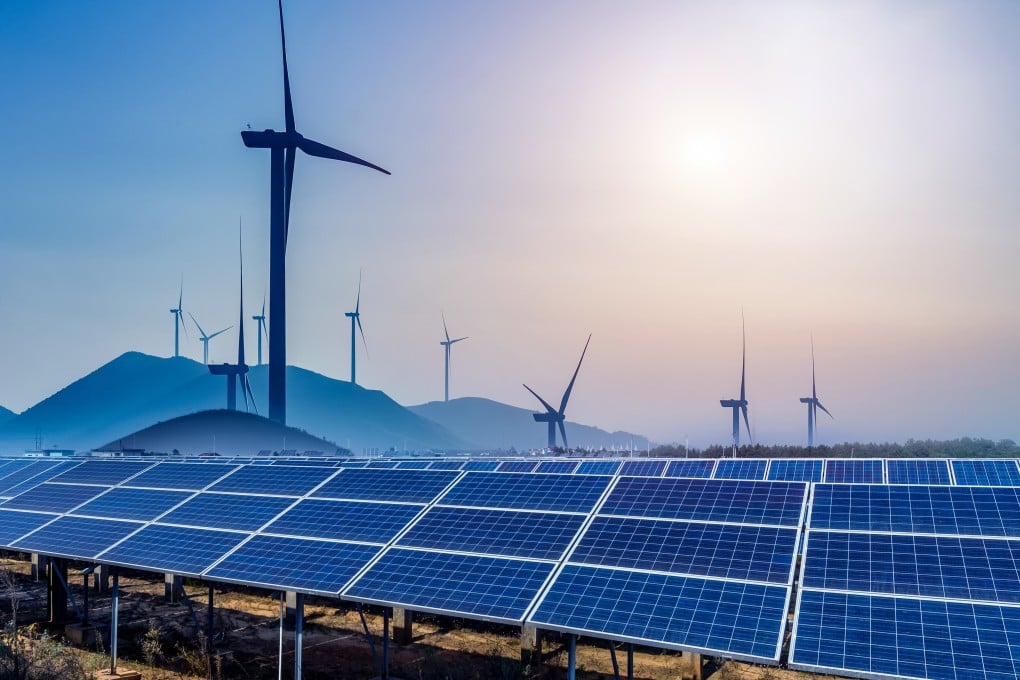China’s energy storage capacity using new tech almost quadrupled in 2023, National Energy Administration says
- The sector is a ‘new driving force’ for economic development in China after attracting more than 100 billion yuan (US$13.9 billion) in total investment since 2021: NEA official
- China is rapidly expanding its energy storage facilities to absorb record-breaking levels of renewable energy generated from intermittent sources such as wind and solar

Overall capacity in the new-type energy storage sector reached 31.39 gigawatts (GW) by the end of 2023, representing a year-on-year increase of more than 260 per cent and almost 10 times the capacity in 2020, China’s National Energy Administration (NEA) said in a press conference on Friday.
New-type energy storage refers to energy storage that uses new technologies, such as electrochemical energy storage, compressed air, flywheel and thermal energy storage, but does not include pumped hydro storage measures.
Total investment in building energy storage projects has exceeded 100 billion yuan since 2021, making the sector a “new driving force” for China’s economic development, said Bian Guangqi, an NEA official.
“New energy storage has increasingly become a key technology as part of China’s construction of new energy systems and new power systems,” Bian said. “It provides an important direction for cultivating emerging industries, and an important starting point for promoting the green and low-carbon transformation of energy production and consumption.”